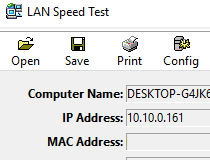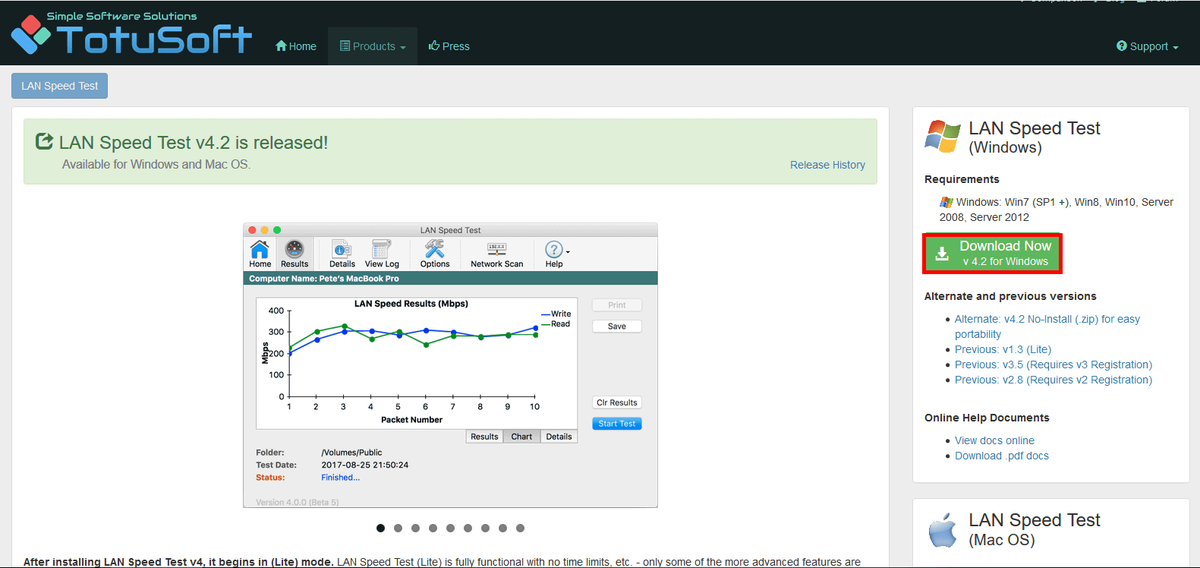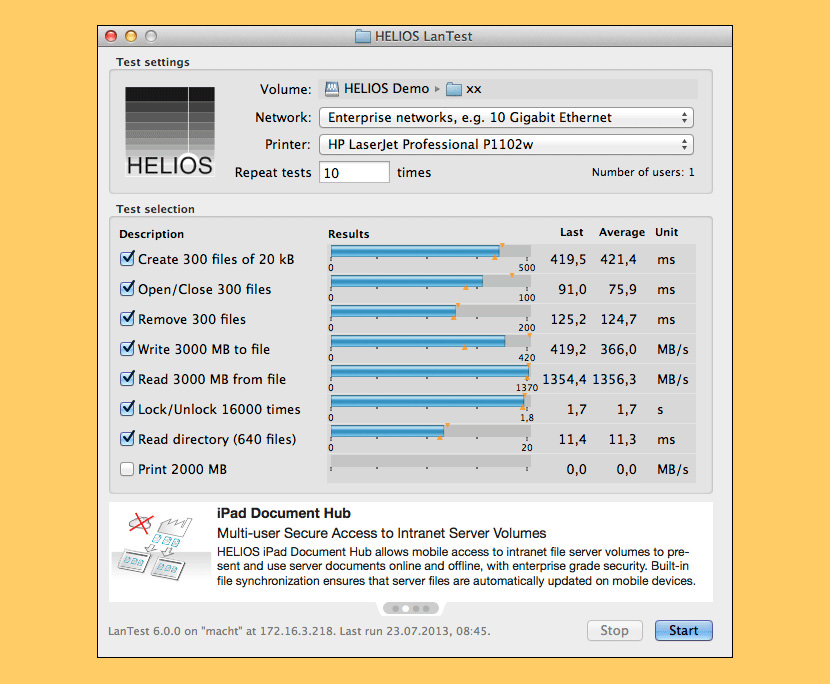

LST Server can be installed on any computer in your network (it is not limited to just a server). This will give your network's true performance. Using LAN Speed Test with LST Server writes the test file to the server's memory and takes the hard drive out of the picture. This can be the performance test that you want to see as most of the time you are writing files to other hard drives (file servers, etc.). Network tests will be limited to drive speeds, caches, etc. Using LAN Speed Test without the additional LST Server, writes the test file to another computer's hard drive.

a lookup on a BootP server and assigning the node's IP address at run-time. This was the #1 feature request for LAN Speed Test. s Windows for Workgroups introduced the first built-in peer-to-peer network. New! Server supports simultaneous stream tests with LAN Speed Test v3.0 & upĭo I need LST Server to use LAN Speed Test?.Server supports multiple client connections.Server supports multiple NICs (Network Adapters).Compatible with all Windows 2000 & up (2000, XP, Vista, Win 7, Win 8, Win 10, Server 2003, Server 2008, Server 2012).Incredibly small (250KB) and can run from a hard drive, USB Flash drives, etc.Completely portable – No installation needed.LST Server also makes it possible to test your WAN (internet) connection! This gives more accurate results of True network performance on the client screen. By using this configuration the client talks directly to the server through the network with no hard drive limitations.

Select your network connection-for example, a Wi-Fi or wired connection-and then click the “Advanced” button at the bottom of the screen.LST Server is an additional feature for Lan Speed Test. In the “System Preferences” window, click the “Network” icon. Click the “Apple” menu on the bar at the top of your screen and select “System Preferences”. If you’re using a Mac, finding your router’s IP address is pretty straightforward. RELATED: 10 Useful Windows Commands You Should Know Find Your Router’s IP Address on Mac In the “Network Connection Details” window, you’ll find your router’s IP address listed as “IPv4 Default Gateway.” In the “Ethernet Status” window, click the “Details” button. In the upper right corner of the “Network and Sharing Center” window, click the name of your network connection. In the “Network and Internet” category, click the “View network status and tasks” link. Just click Start, type “control panel,” and then hit Enter. If you prefer, you can also find the default gateway address through the graphic interface.


 0 kommentar(er)
0 kommentar(er)
